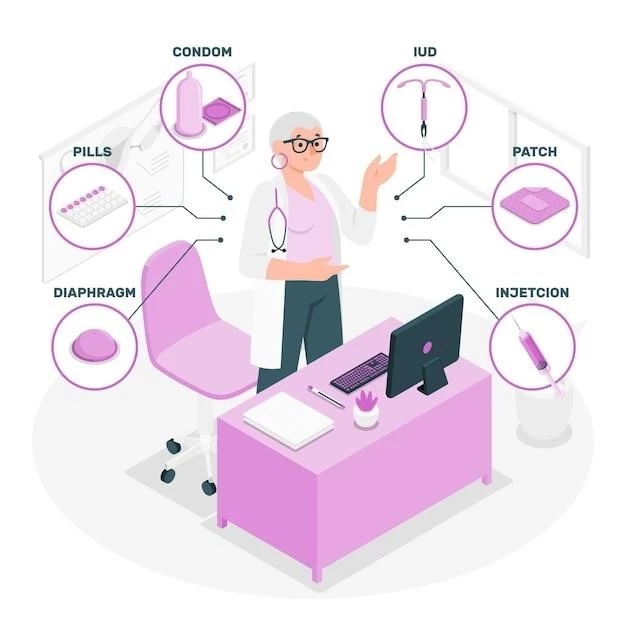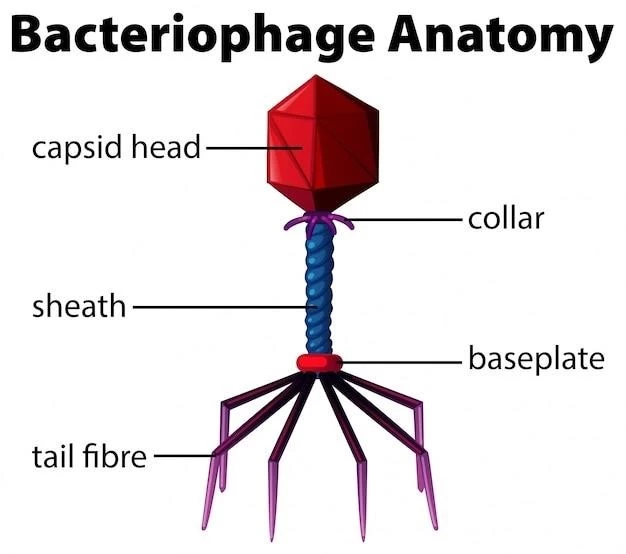Disease ─ Fibula Aplasia Complex Brachydactyly
Fibula Aplasia Complex Brachydactyly is a rare disease characterized by the absence of the fibula bone, limb malformation, short digits, and other skeletal abnormalities. It is a congenital anomaly with a genetic basis, known as a hereditary condition.
Introduction
Fibula Aplasia Complex Brachydactyly is a rare genetic disorder characterized by the non-formation of the fibula bone in the leg, resulting in various limb malformations and skeletal abnormalities. Individuals with this condition often exhibit short digits and underdevelopment of the affected limb. This congenital anomaly is considered a hereditary condition, with symptoms typically present at birth. Understanding the genetic basis, symptoms, diagnosis, and treatment options for Fibula Aplasia Complex Brachydactyly is crucial for effective management and prognosis. Coping with the challenges posed by this rare disease, as well as ongoing research efforts, play significant roles in advancing our knowledge and improving patient outcomes.
Understanding Fibula Aplasia
Fibula Aplasia, a key feature of Fibula Aplasia Complex Brachydactyly, refers to the absence or underdevelopment of the fibula bone in one or both legs. This condition can lead to various skeletal abnormalities and limb malformations, impacting mobility and overall quality of life. The non-formation of the fibula during early fetal development alters the structure of the lower limb, often resulting in differences in leg length, foot alignment, and joint stability. Understanding the implications of fibula aplasia is crucial for accurate diagnosis, treatment planning, and rehabilitation strategies for individuals affected by this rare genetic disorder.
Complex Brachydactyly
Complex Brachydactyly, commonly associated with Fibula Aplasia Complex Brachydactyly, is characterized by shortening or underdevelopment of the digits (fingers and toes). This congenital anomaly can present as shortened phalanges, abnormal hand or foot structure, and other digital abnormalities. The combination of fibula aplasia and brachydactyly in this syndrome results in complex limb malformations that require specialized medical management. Identifying the specific manifestations of complex brachydactyly in individuals with Fibula Aplasia Complex Brachydactyly is essential for tailored treatment approaches and comprehensive care to address the unique challenges posed by this rare disease.
Fibula Aplasia Complex Brachydactyly⁚ Genetic Basis
The genetic basis of Fibula Aplasia Complex Brachydactyly lies in inherited genetic mutations that impact the development of the fibula and digits during embryogenesis. Various genes play a role in the formation of these skeletal structures, and alterations in the genetic code can lead to the manifestation of this rare disease. Understanding the specific genetic abnormalities associated with Fibula Aplasia Complex Brachydactyly is crucial for accurate diagnosis, genetic counseling, and potential prenatal screening in at-risk families. Research efforts continue to explore the intricate genetic mechanisms underlying this hereditary condition to improve our knowledge and develop targeted interventions for affected individuals.
Symptoms and Diagnosis
Individuals with Fibula Aplasia Complex Brachydactyly may present with a range of symptoms, including the absence of the fibula bone, limb malformations, short digits, and other skeletal abnormalities. Diagnosis of this rare disease involves a thorough physical examination, imaging studies such as X-rays or MRI scans to assess skeletal structures, and genetic testing to identify underlying mutations. Clinicians look for specific signs like limb length discrepancies, digital anomalies, and foot deformities to aid in the diagnosis of Fibula Aplasia Complex Brachydactyly. Early and accurate detection of symptoms through comprehensive diagnostic methods is essential for appropriate treatment planning and management strategies.
Limb Malformation in Fibula Aplasia Complex Brachydactyly
Limb malformations in Fibula Aplasia Complex Brachydactyly encompass a spectrum of structural abnormalities affecting the lower extremities, particularly the legs and feet. The absence or underdevelopment of the fibula bone, along with brachydactyly, contributes to complex limb deformities that can impact mobility and function. These malformations may manifest as differences in leg length, abnormal foot alignment, and compromised joint stability. Understanding the nature and extent of limb malformation in individuals with Fibula Aplasia Complex Brachydactyly is crucial for formulating personalized treatment plans that address both physical challenges and functional limitations associated with these skeletal abnormalities.
Short Digits and Underdevelopment
Short digits and underdevelopment are common features of Fibula Aplasia Complex Brachydactyly, where individuals may exhibit abnormally short fingers and toes as well as underdeveloped phalanges. These digital anomalies contribute to the overall limb malformation seen in this rare genetic disorder. The shortened digits can impact dexterity, grip strength, and overall hand or foot function. Addressing the challenges posed by short digits and underdevelopment in individuals with Fibula Aplasia Complex Brachydactyly requires a multidisciplinary approach involving orthopedic specialists, genetic counselors, and occupational therapists to tailor interventions that optimize limb function and enhance quality of life for affected individuals.
Treatment Options
Treatment options for Fibula Aplasia Complex Brachydactyly aim to address the unique challenges presented by limb malformations, short digits, and skeletal abnormalities associated with this rare disease. Surgical interventions such as limb lengthening procedures, corrective osteotomies, and digital reconstruction may be considered to improve limb alignment and function. Orthotic devices, physical therapy, and occupational therapy play crucial roles in enhancing mobility, strength, and fine motor skills. Genetic counseling and psychosocial support are integral components of comprehensive care for individuals with Fibula Aplasia Complex Brachydactyly. The treatment approach is tailored to each patient’s specific needs and may involve a multidisciplinary team of healthcare professionals to optimize outcomes and enhance quality of life.
Prognosis and Management
The prognosis of individuals with Fibula Aplasia Complex Brachydactyly varies depending on the severity of limb malformations, presence of associated skeletal abnormalities, and responsiveness to treatment interventions. Early diagnosis, comprehensive medical care, and ongoing rehabilitation can significantly impact long-term outcomes and quality of life for affected individuals. Management strategies focus on addressing functional limitations, optimizing limb function, and promoting independence in daily activities. Regular follow-up visits with healthcare providers, monitoring of growth and development, and adaptive technologies can aid in managing the challenges associated with Fibula Aplasia Complex Brachydactyly. By implementing a holistic approach to care, individuals with this rare disease can achieve improved functional outcomes and lead fulfilling lives.
Coping with Fibula Aplasia Complex Brachydactyly
Coping with Fibula Aplasia Complex Brachydactyly involves emotional resilience, a strong support system, and access to appropriate healthcare resources. Individuals and families impacted by this rare disease may face physical challenges, psychological stress, and social stigma related to visible differences in limb structure. Seeking peer support, connecting with advocacy groups, and engaging in therapy can help individuals with Fibula Aplasia Complex Brachydactyly navigate their condition and build a positive self-image. Education, empowerment, and self-acceptance play key roles in coping strategies, fostering a sense of belonging and community among individuals living with this congenital anomaly. By fostering a supportive environment and promoting awareness, coping with Fibula Aplasia Complex Brachydactyly can be a journey of resilience and personal growth.
Research and Future Directions

Research on Fibula Aplasia Complex Brachydactyly focuses on advancing our understanding of the genetic mechanisms underlying this rare disease, exploring novel treatment modalities, and enhancing long-term outcomes for affected individuals. Genetic studies aim to identify specific gene mutations implicated in the development of limb malformations and skeletal abnormalities, paving the way for targeted therapies and potential gene-based interventions. Future directions include refining diagnostic techniques, optimizing surgical approaches, and investigating regenerative medicine strategies to enhance limb function and quality of life. Collaborative efforts among researchers, clinicians, and patient advocacy groups are essential in furthering knowledge about Fibula Aplasia Complex Brachydactyly and improving management strategies for individuals living with this complex genetic disorder.
Conclusion
In conclusion, Fibula Aplasia Complex Brachydactyly presents as a rare genetic disorder characterized by limb malformations, short digits, and skeletal abnormalities. Understanding the genetic basis, symptoms, diagnosis, treatment options, and prognosis of this condition is crucial for effective management and improved outcomes. With an emphasis on personalized care, multidisciplinary approaches, and ongoing research initiatives, individuals with Fibula Aplasia Complex Brachydactyly can navigate the challenges posed by this hereditary condition and lead fulfilling lives. By fostering a supportive environment, promoting awareness, and exploring innovative interventions, the medical community strives to enhance the quality of care and quality of life for those affected by this complex congenital anomaly.
